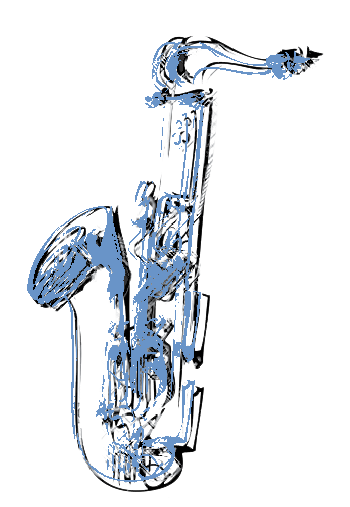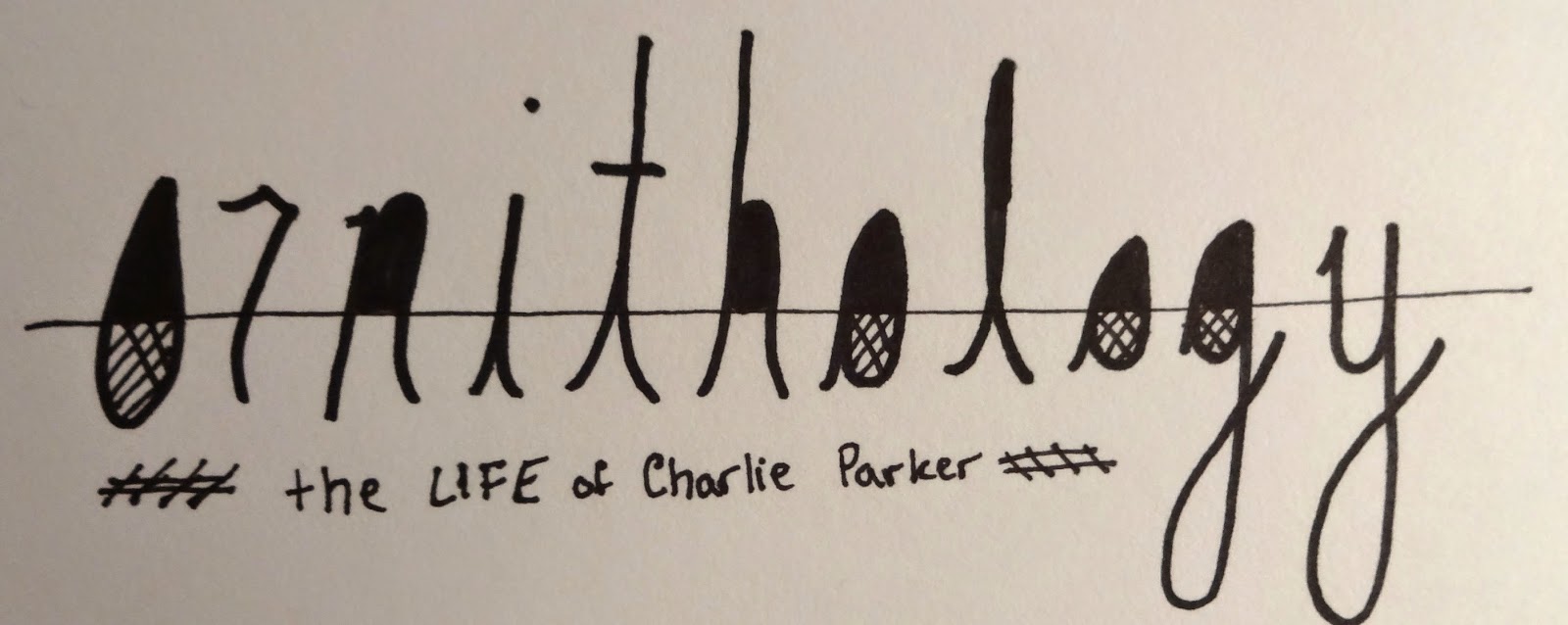Imagine you are looking from the top down, and that all the walls have been flattened. The two images that seem to be stretching past the wall limits are actually going to be curved where the walls are shown. I wanted the space to feel very loud, yet with a limited amount of color. Ornithology is the only large image that is brought to life by color. At times, red and blue are utilized to separate images layered together. But other than that, the images are going to be in black and white, using tones and opacity.

This is my favorite idea.
With this design, the viewer does not get a book, but rather, they will receive what look to be high fashion note cards holding information. They will be of different colors and materials, holding information on the front and back, held together by a string or wire. To me this is a fun and unique way to involve the viewer in exploring, not only the space, but the information in a "quick-read" fashion.
This is the most basic of them all, playing off of the interior shape to determine the book. As shown, the folds will reflect the space, which may or may not be clear to the audience. I almost wish to make one side a map of the space, similar to that of a museum map
The only thing I do not like about this piece is that it is very similar to the actual exhibition. It may not be able to stand alone as well as it should.
Here is where some of my inspiration came from and what I am going for.




























































